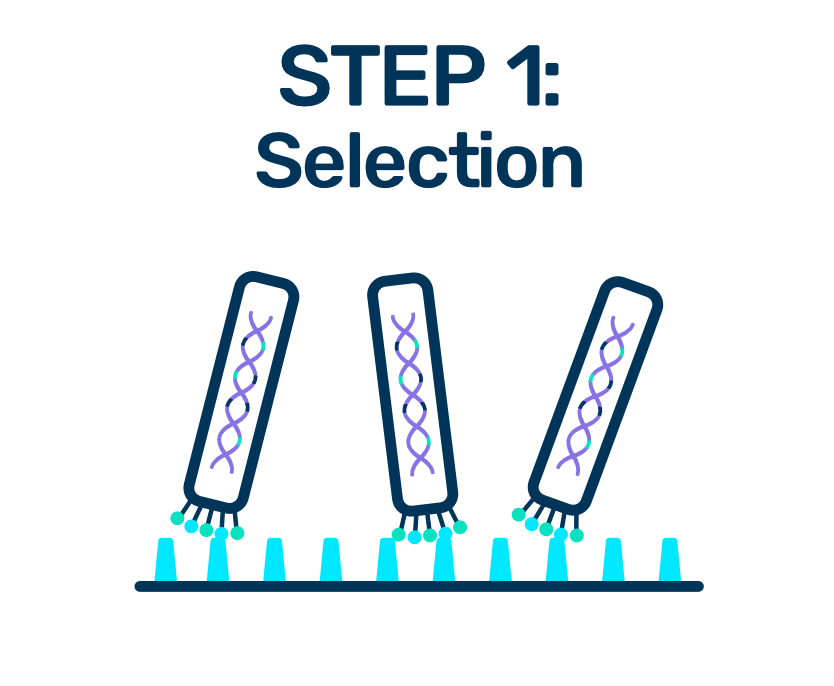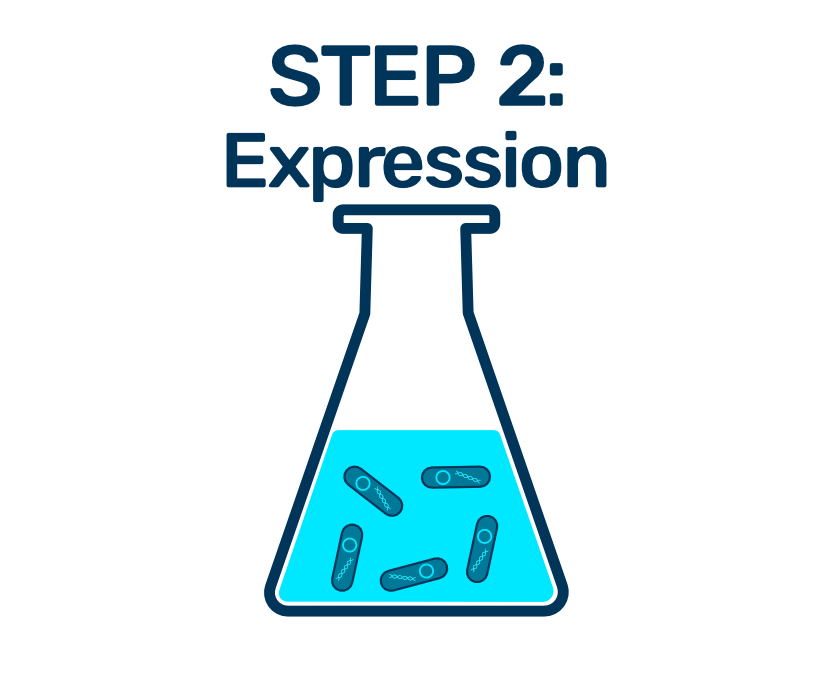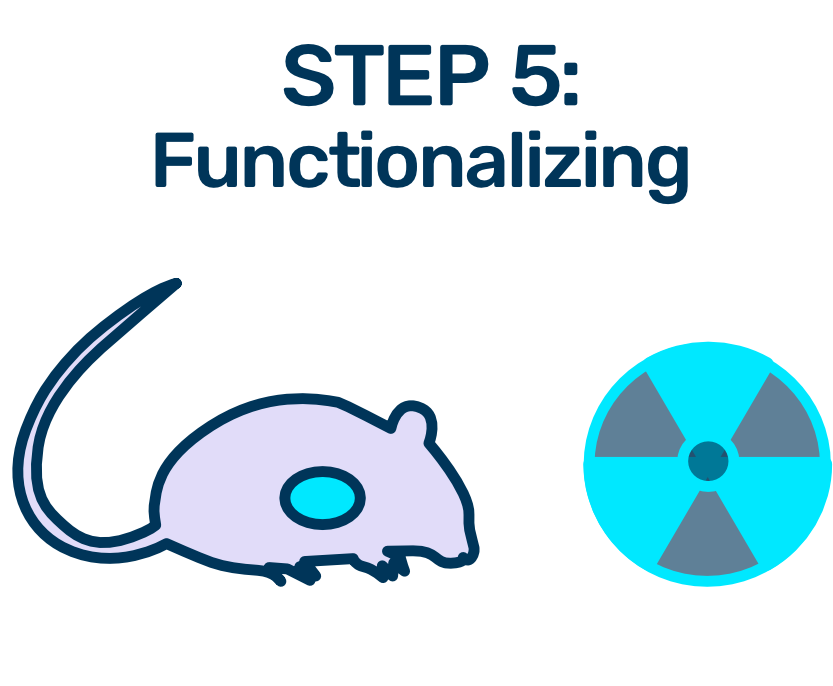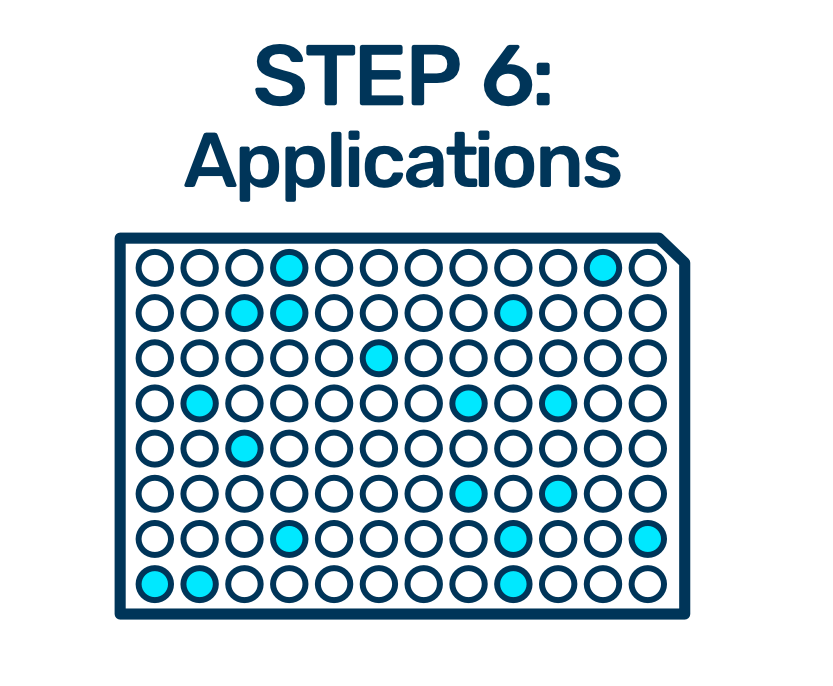Cortalix Nanobody Services
Discover our 6-step services solutions
STEP 5: Functionalizing
After recombinant production, the engineered nanobody can be covalently modified in many ways in order to obtain its final desired format. For instance, nanobodies can be labeled with radioisotopes, small molecules (e.g. biotin) and fluorophores. A common modification site of a nanobody involves the C-terminal cysteine in which the sulfhydryl group reacts with a maleimide group under reducing conditions. We have experience with the chemical coupling of VHHs to single functional groups (e.g. maleimide-NOTA, maleimide-DOTA, and maleimide-Cy7) as well as with conjugations using bifunctional groups (e.g. maleimide-NOTA-myristic acid).
Based on your input, we are keen to explore different options for labeling and to create the optimal nanobody product that serves the application you have in mind.
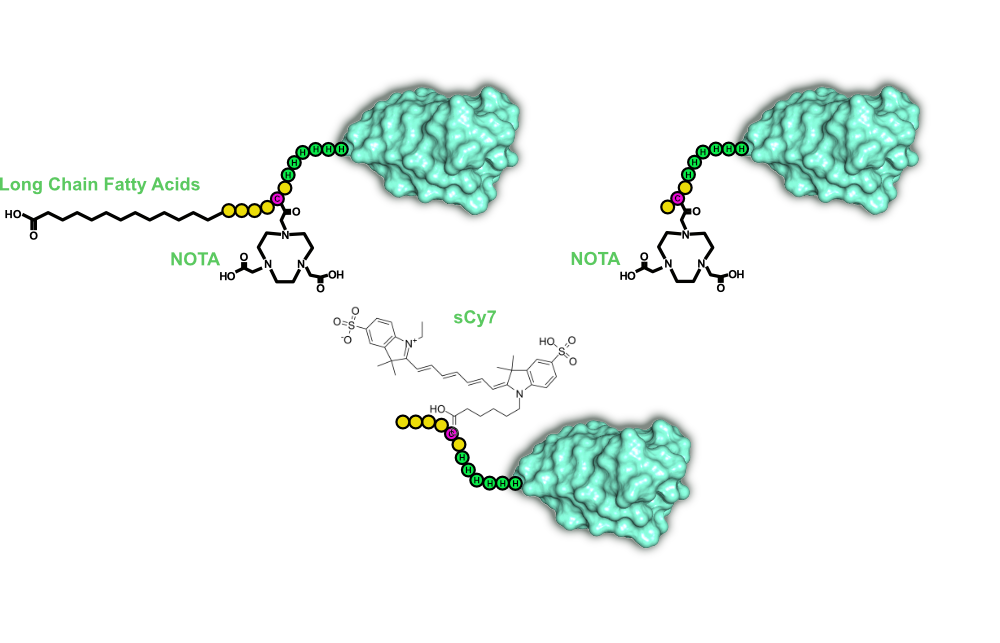

What can you expect from step 5
- Depending on the final purpose of the VHH, together we determine which functional groups will be conjugated to the VHH.
- The coupling efficiency of the required label to the nanobody will be monitored and optimized if necessary. Because of the high thermostability of nanobodies, the reaction often can take place at higher temperatures which makes it easier to reach coupling efficiencies near to 100% (assuming the functional group is stable at high temperature).
- The quality of the end product will be analyzed using SDS-PAGE and LC-MS. Optionally, the conjugated nanobody product can be validated by ELISA.
- Deliverables:
- Full study report
- Comprehensive data analysis and final figures
- Expert advice for further development

